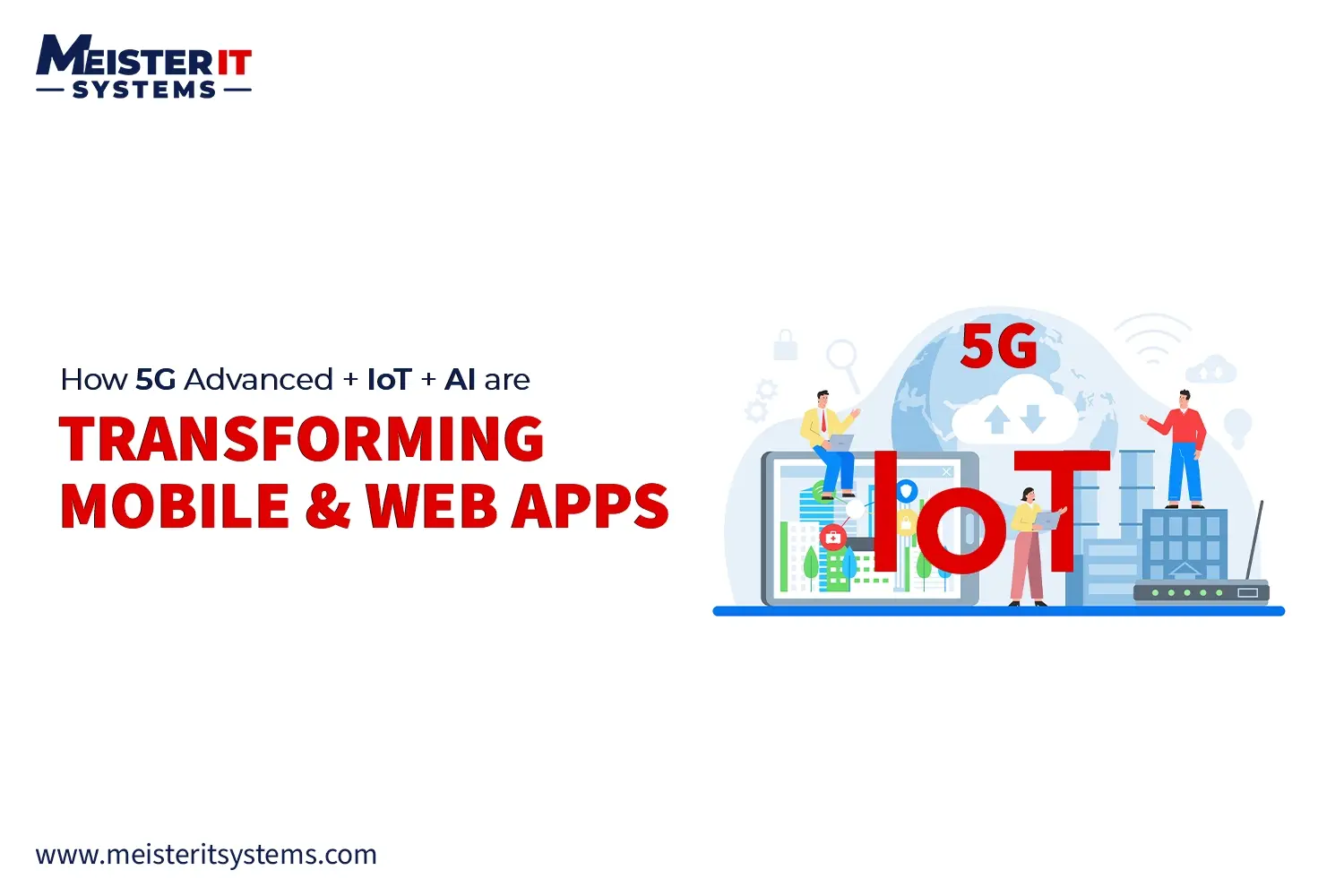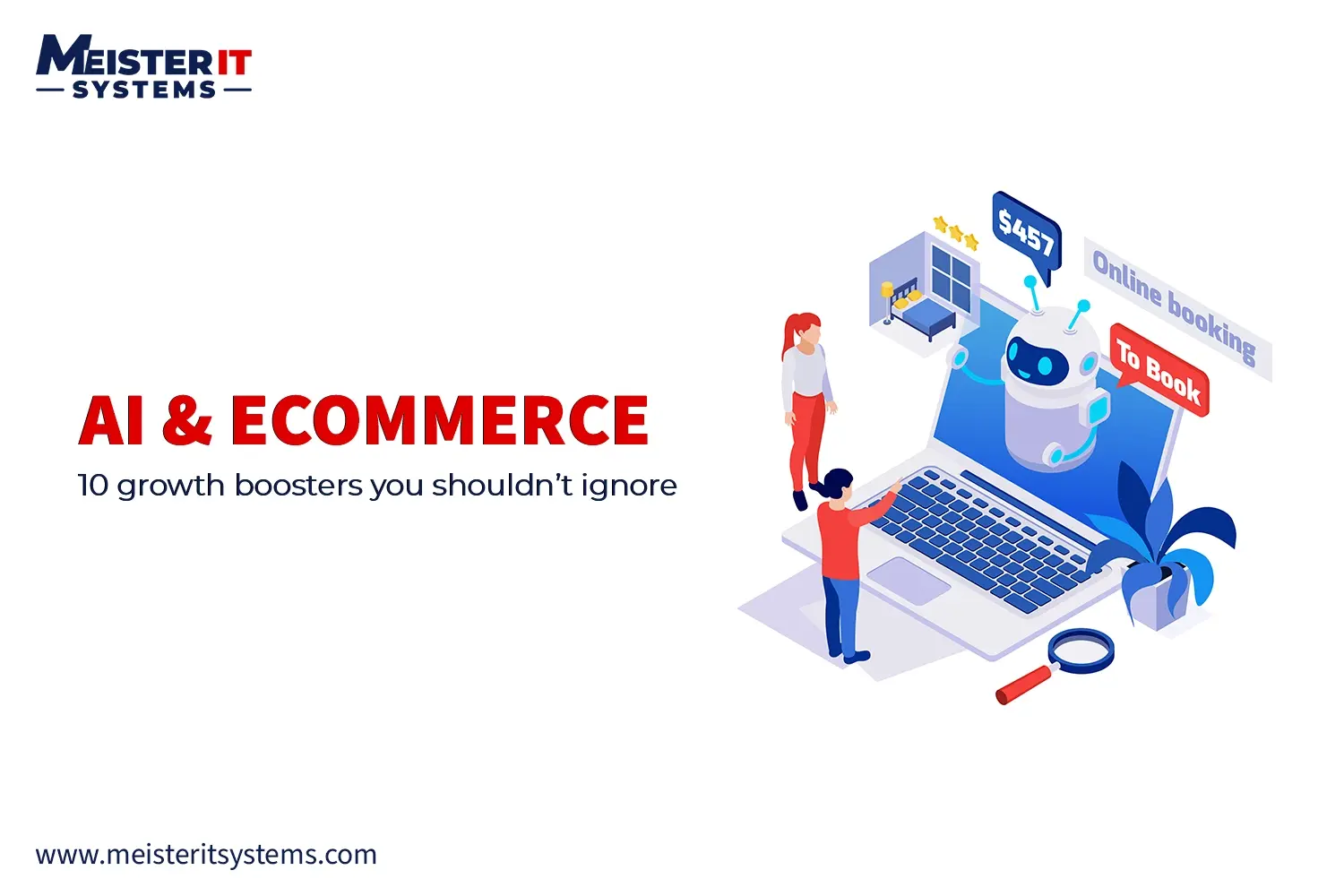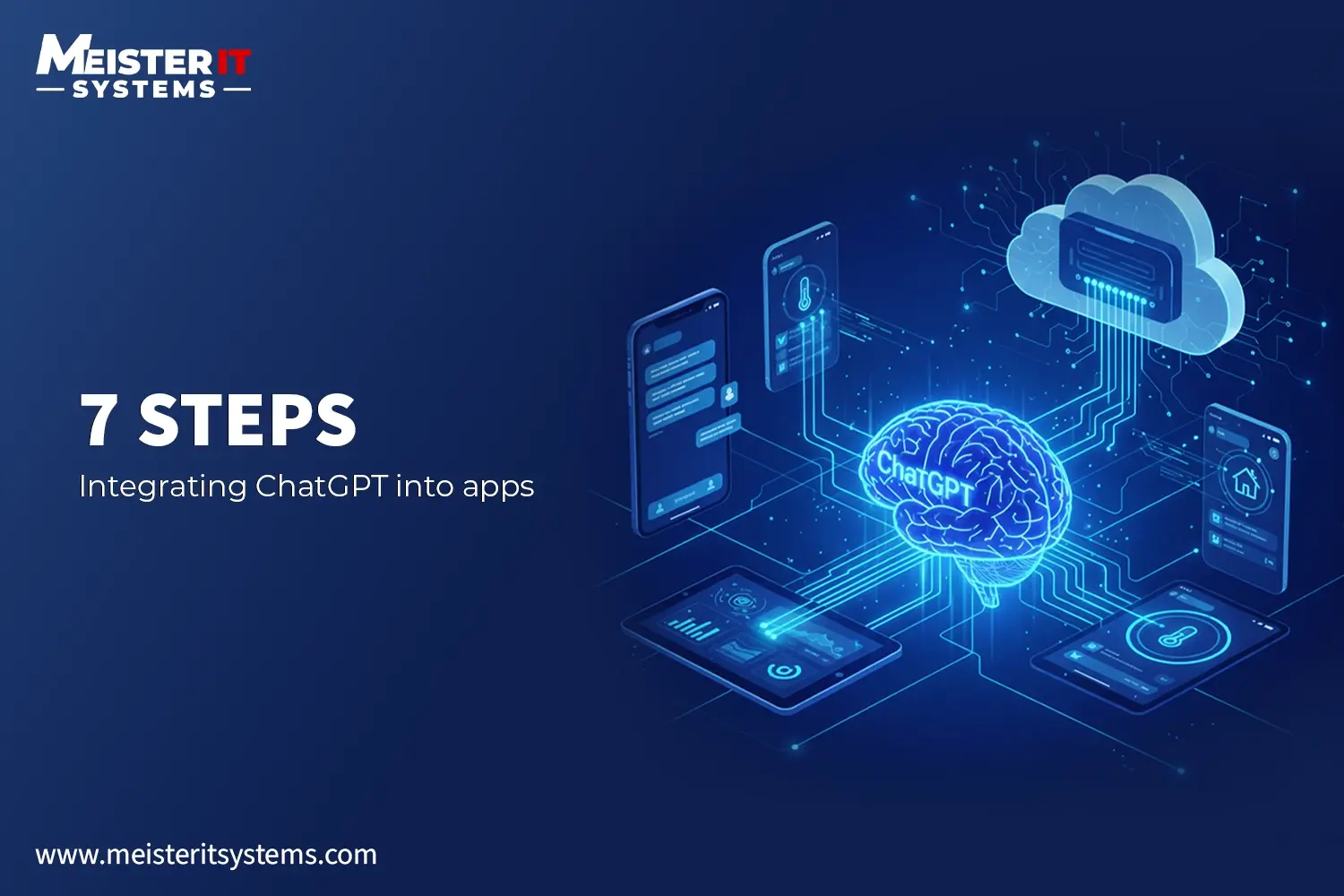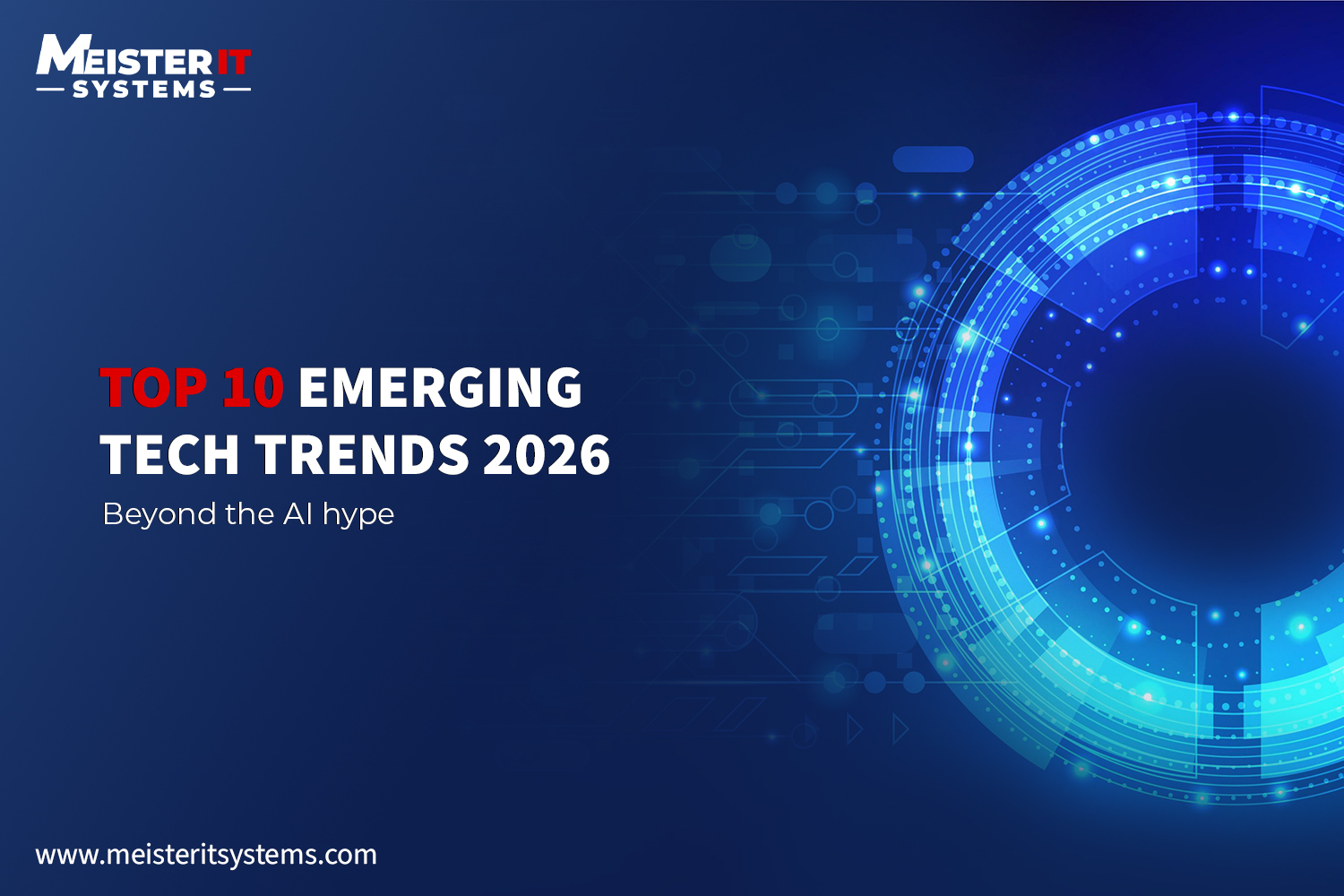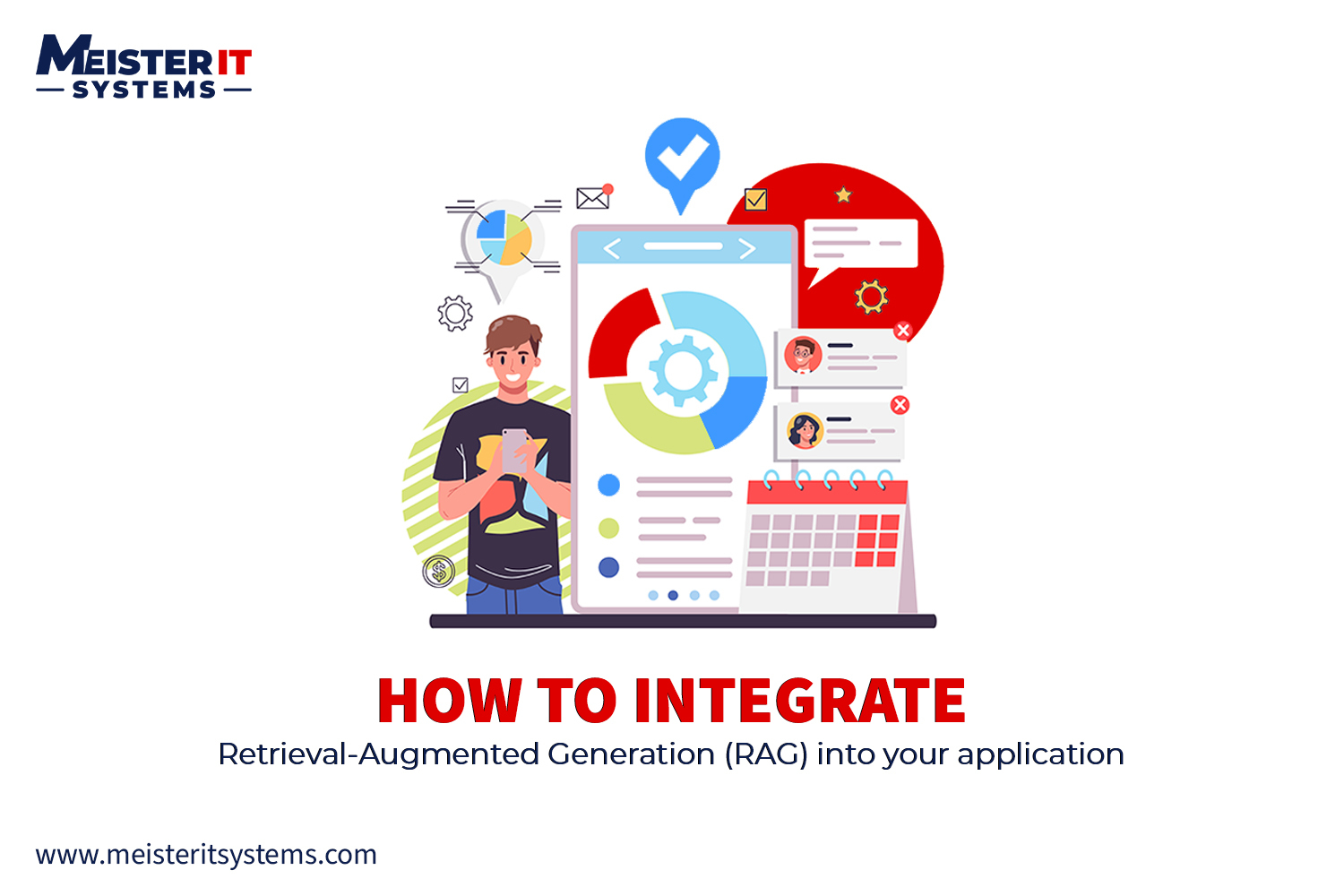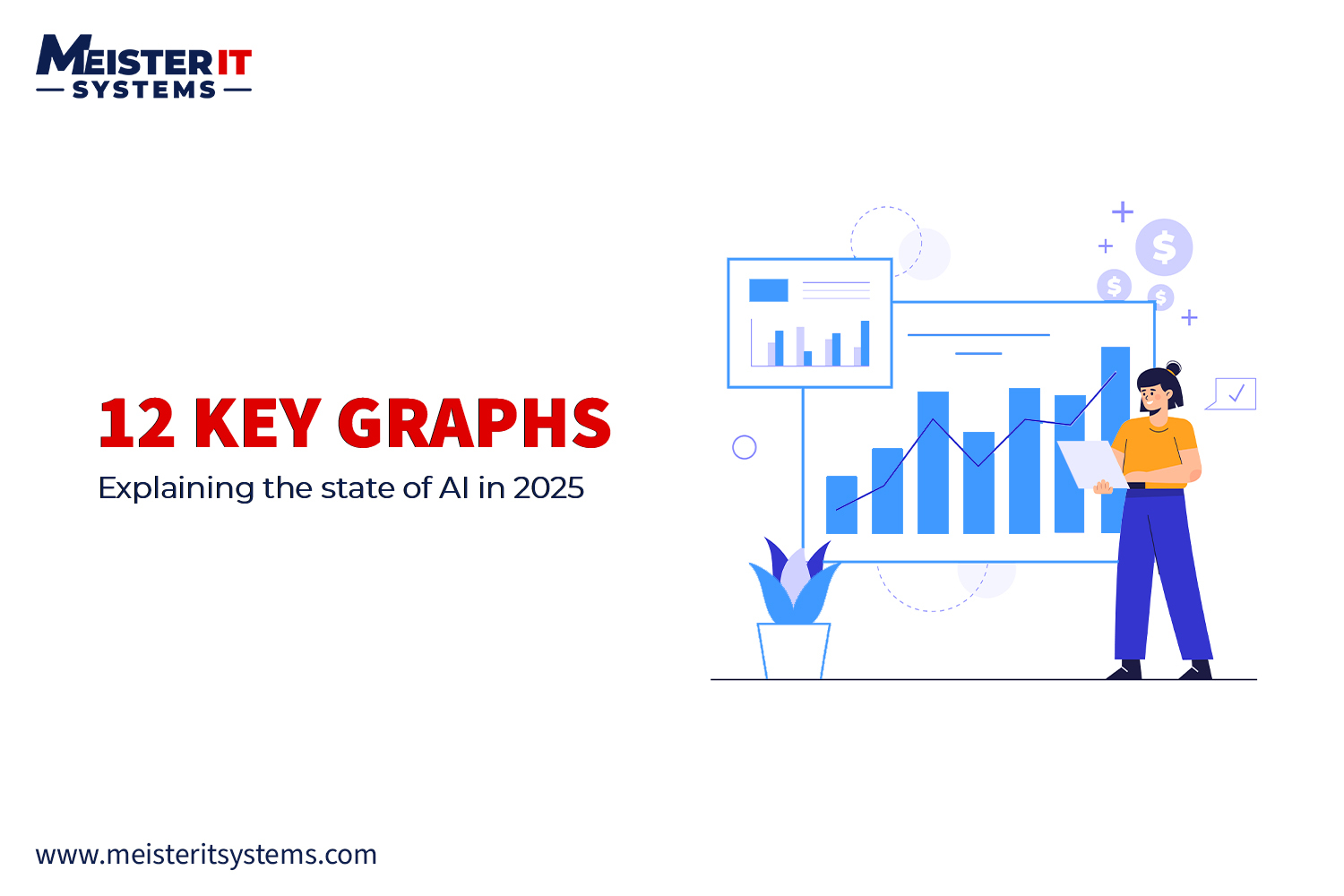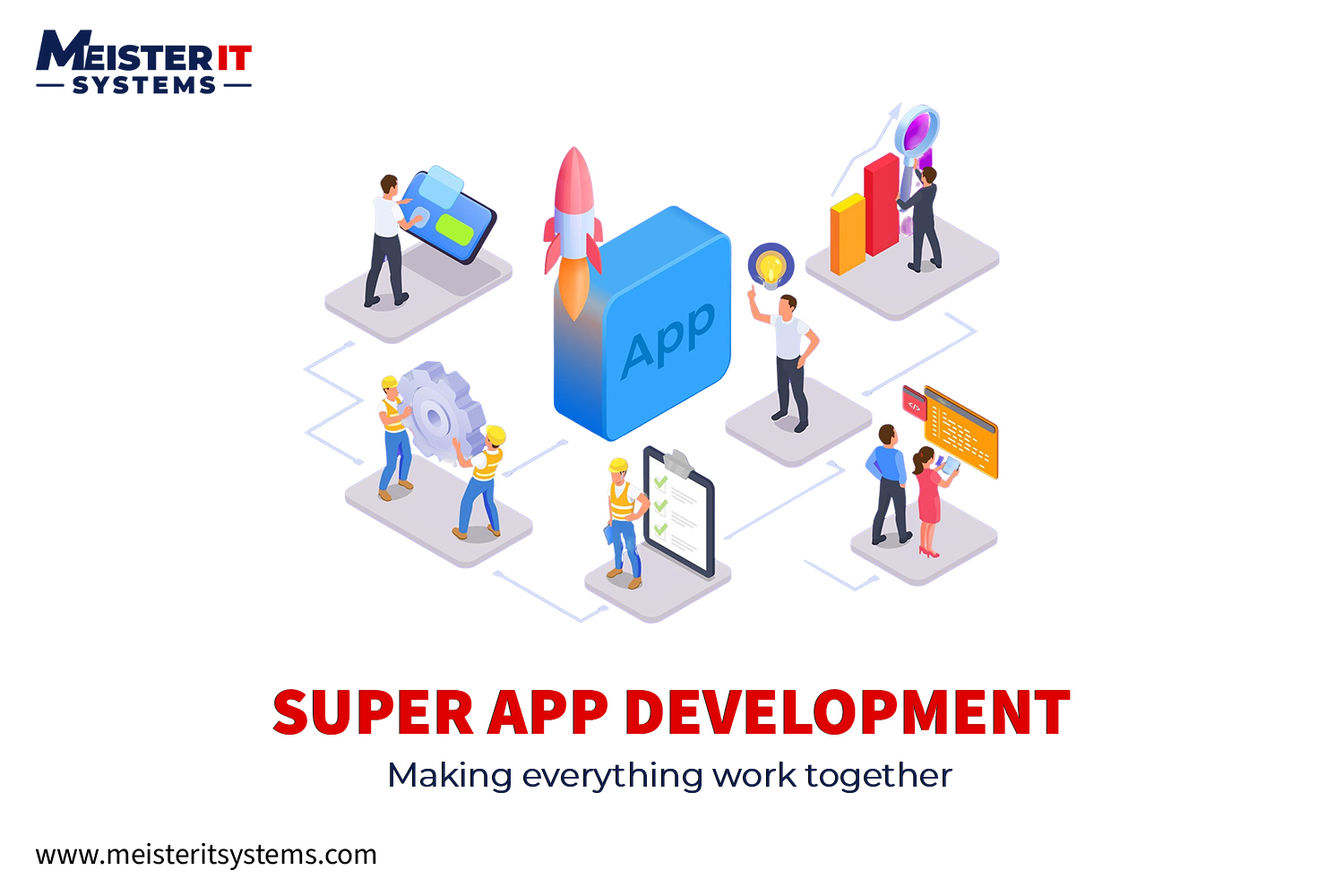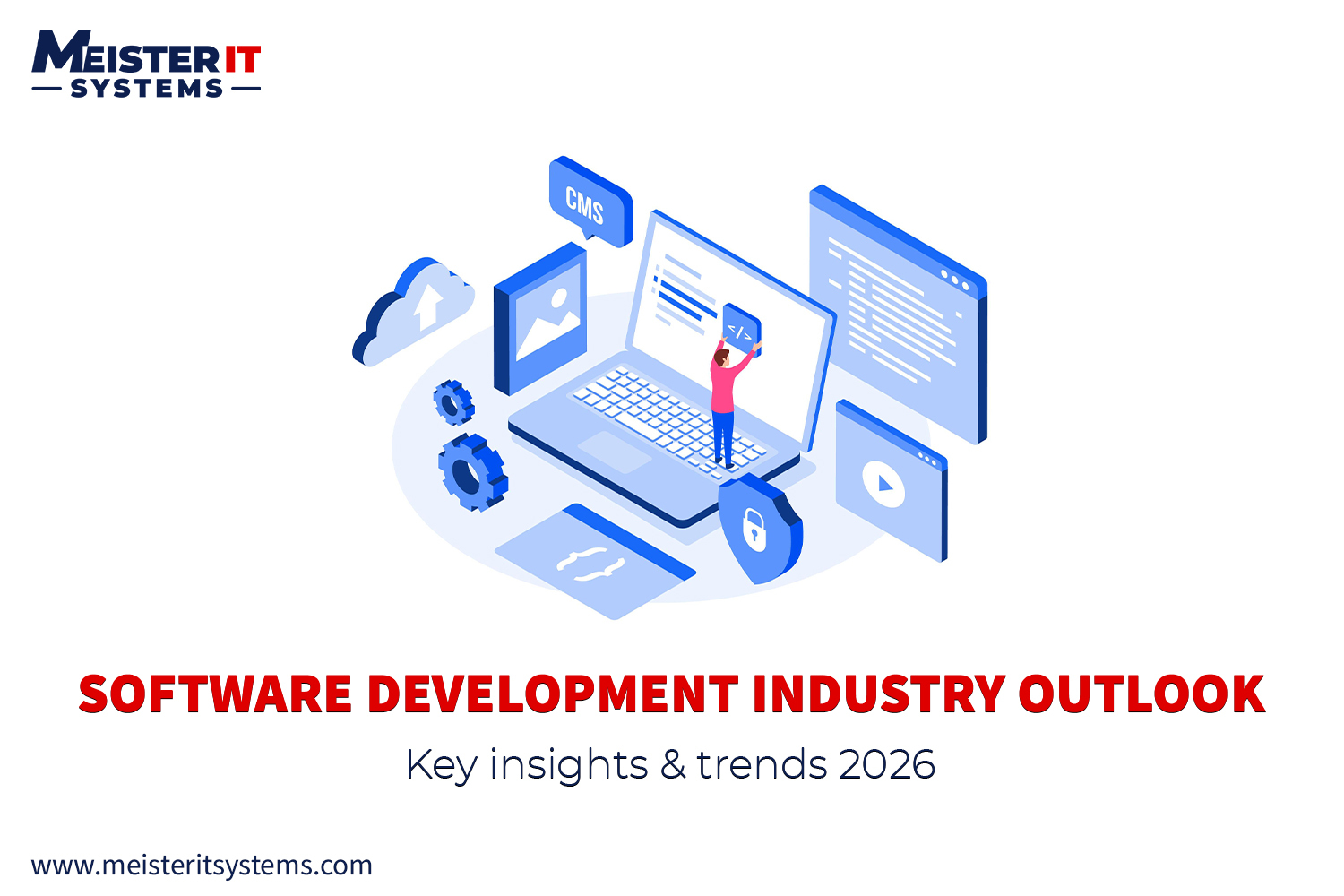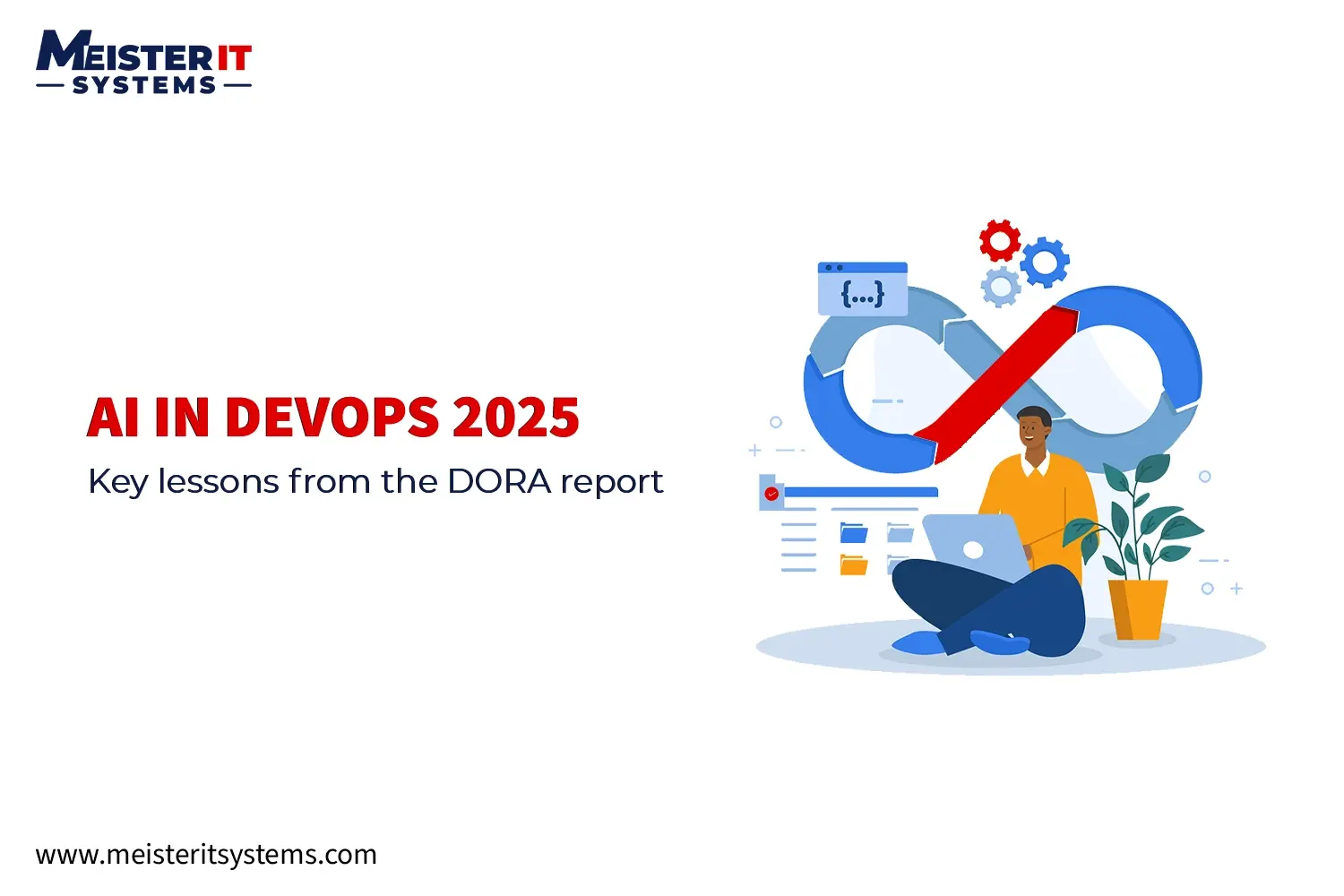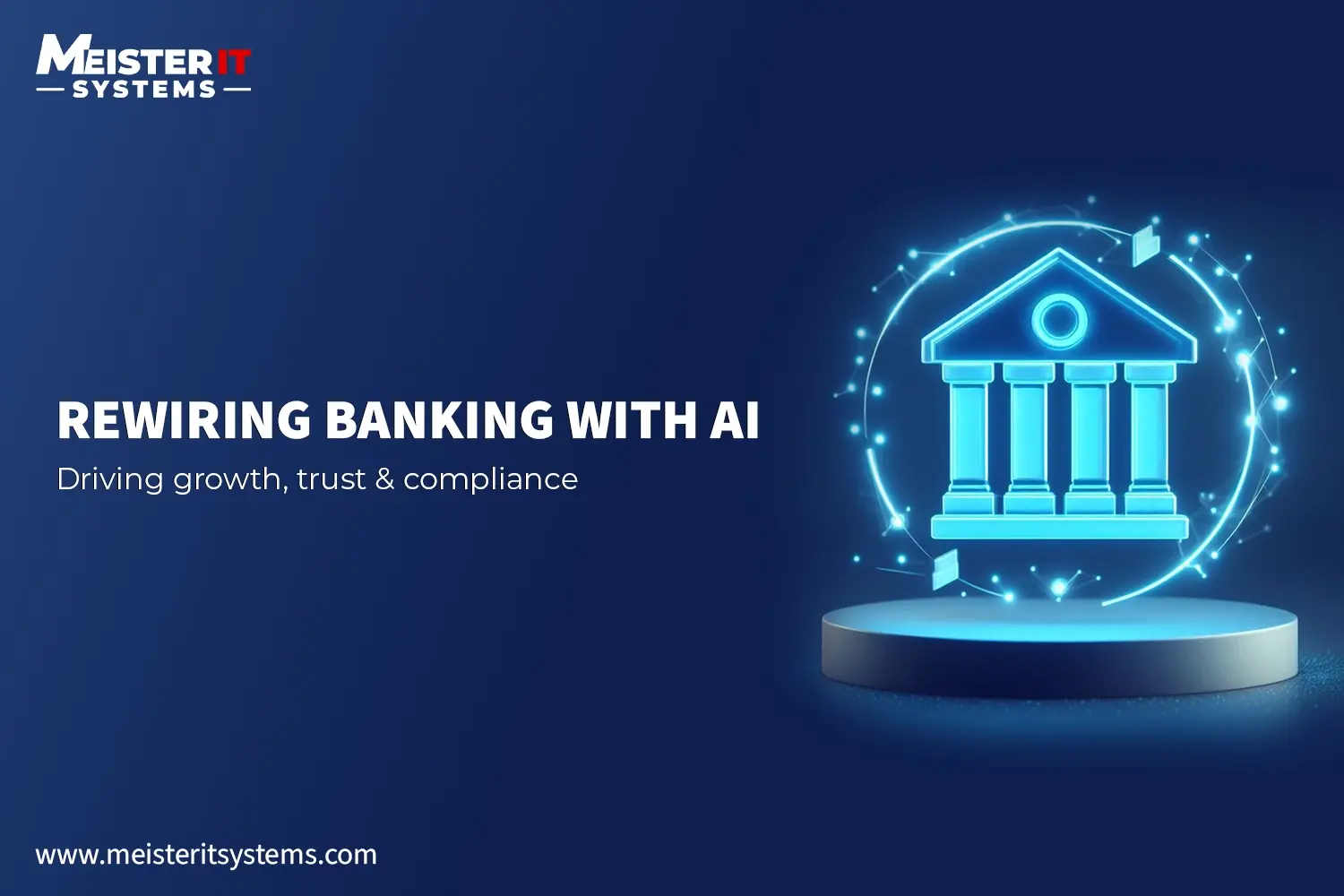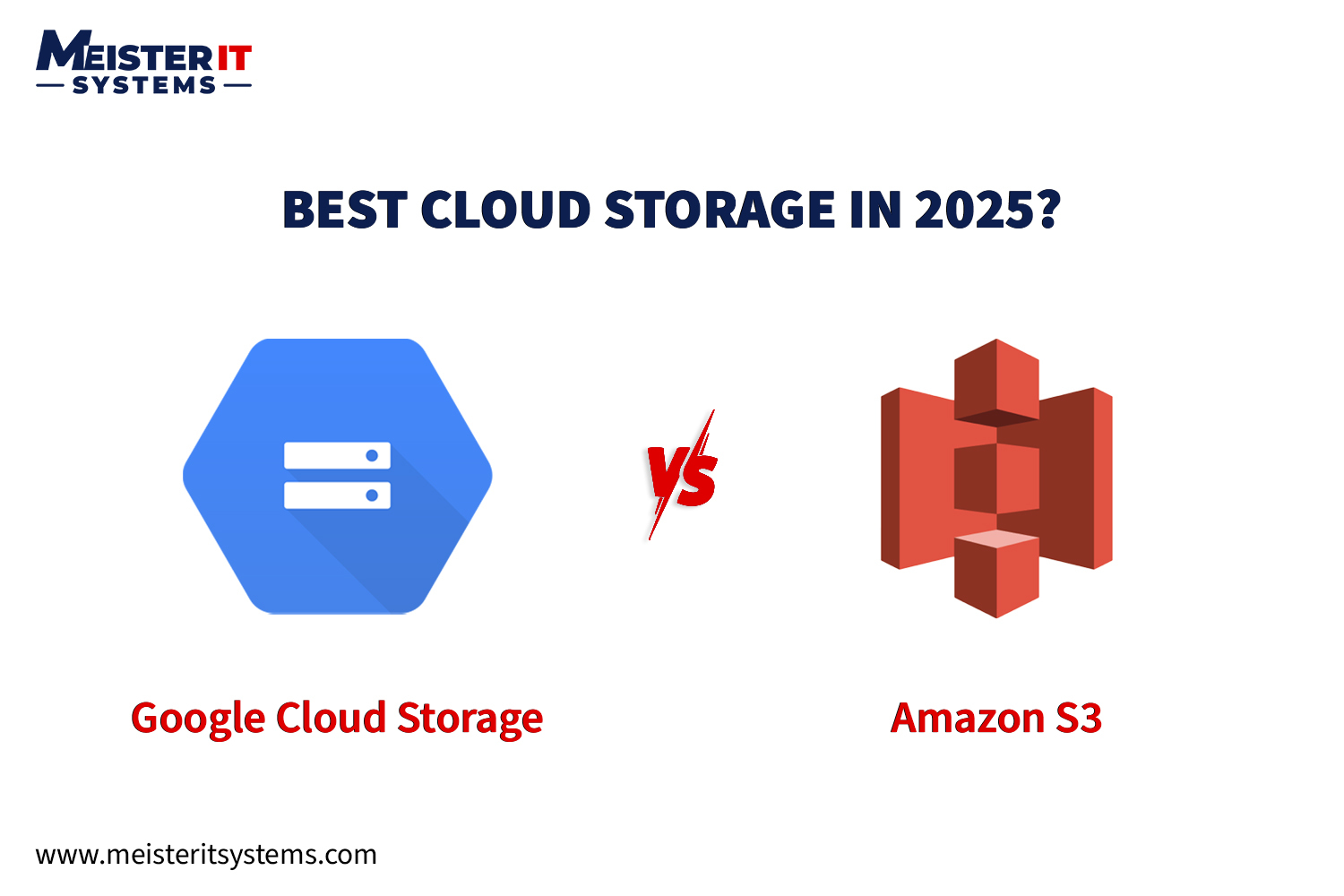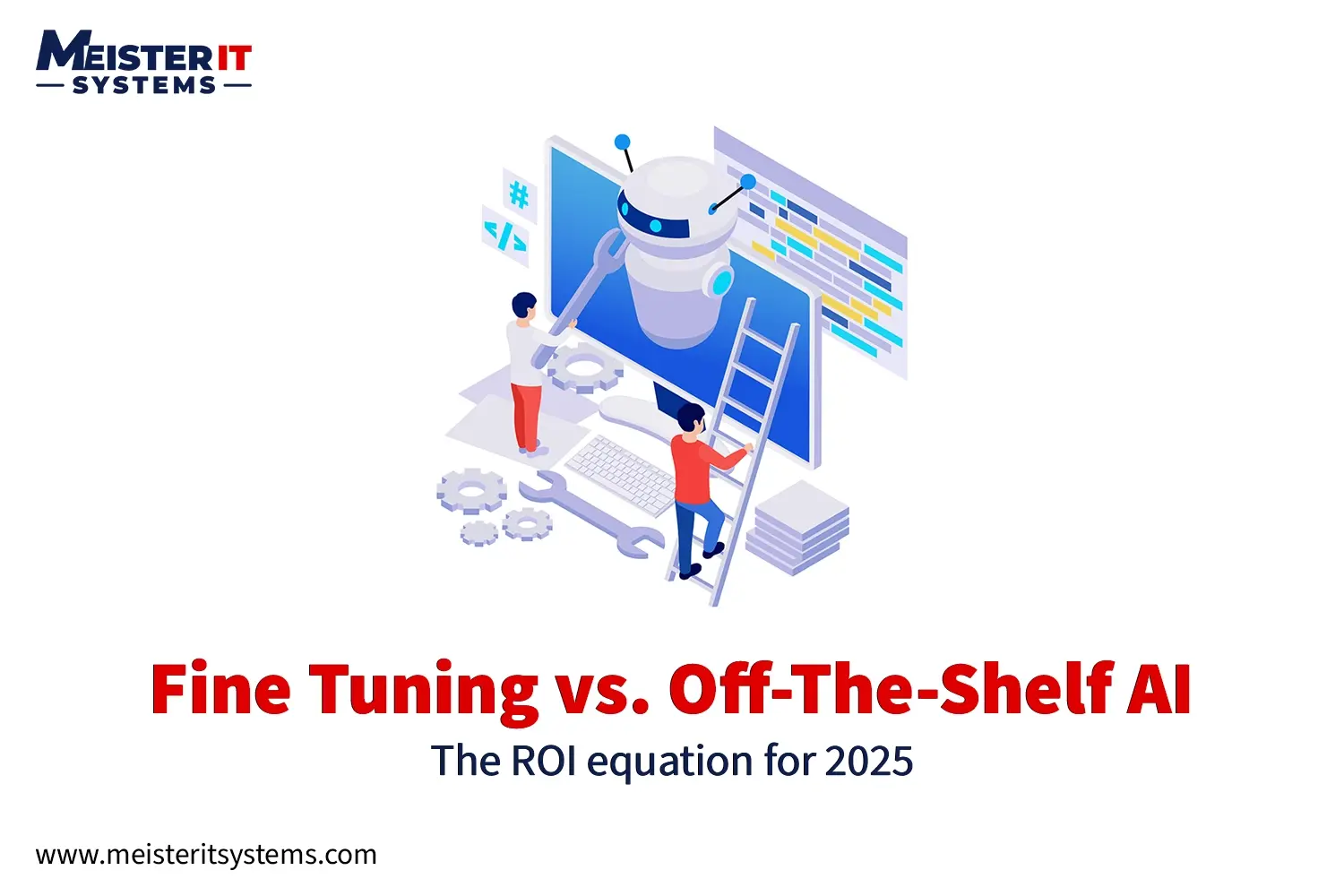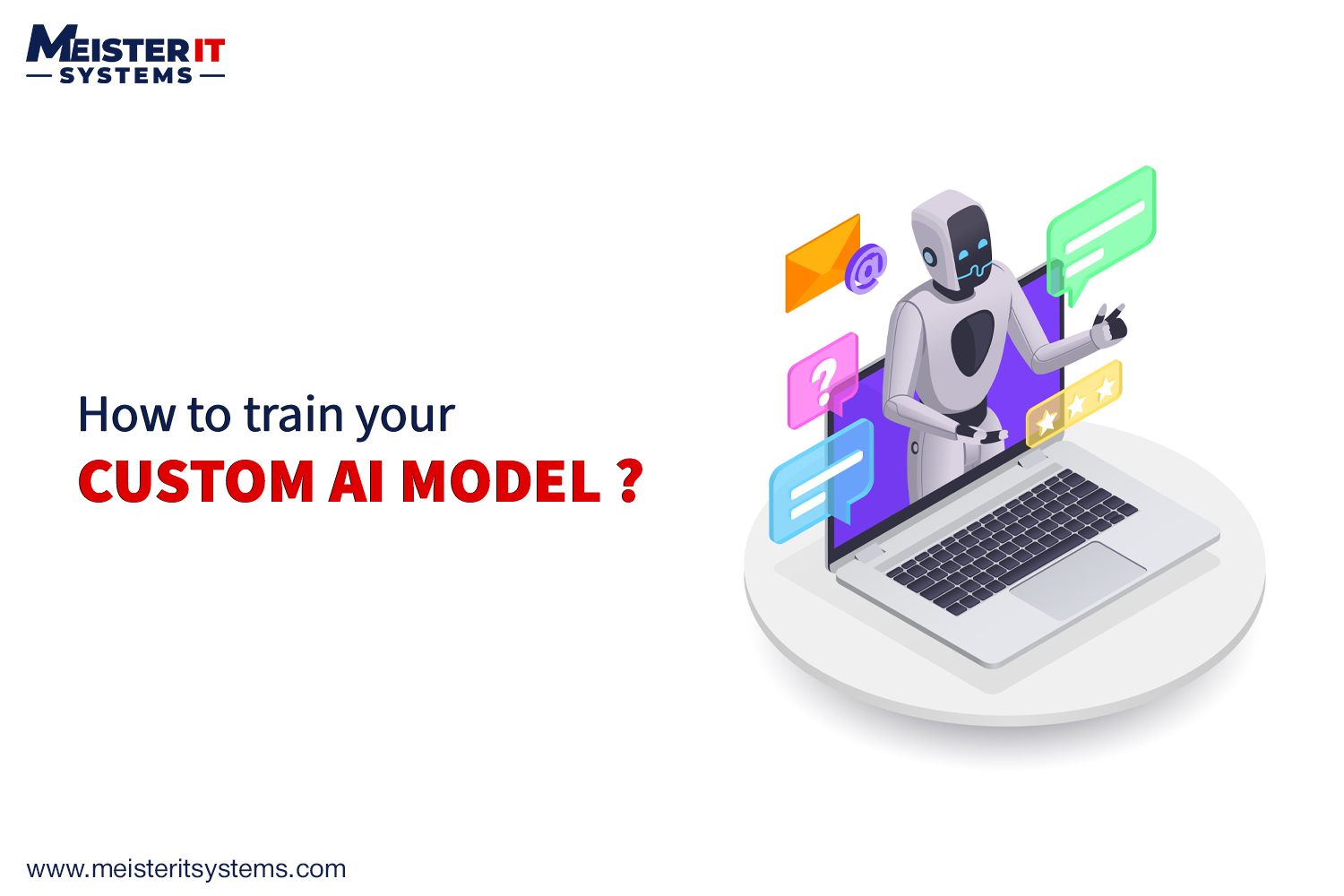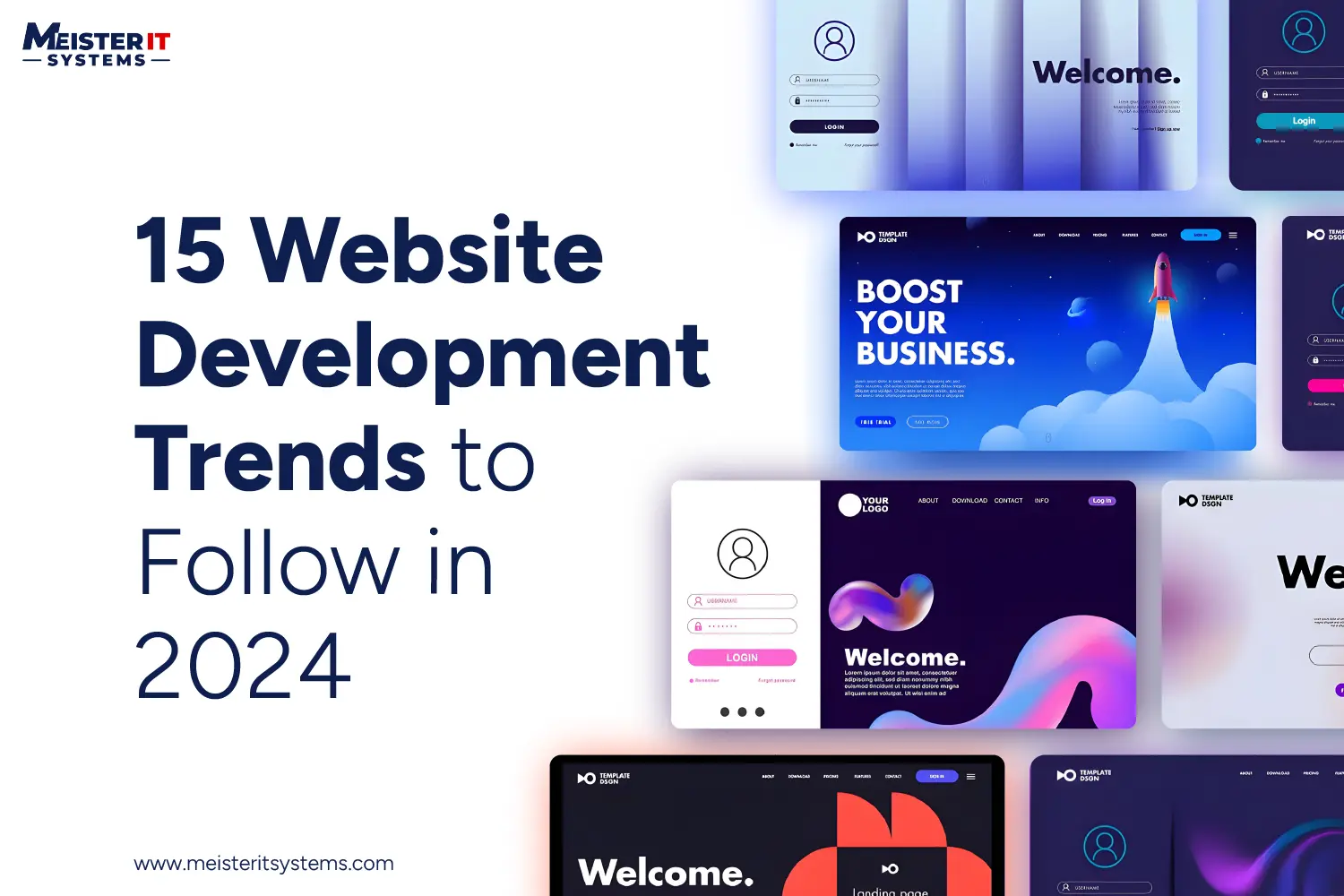
Introduction
Web development trends are crucial to creating a secure, competitive, and user-friendly website, enhancing the user experience, improving performance, and driving engagement.
Moreover, 47% of consumers expect a website to load in 2 seconds or less, and 40% would abandon a website that took more than 3 seconds to load.
Want to create a website that doesn’t take too much of loading time? Yes. Then, you must keep in touch with emerging web development trends to build a good website.
Adopting these advancements improves the user experience while also improving overall performance and competitiveness in the digital market.
In this article, we will explore the top 15 web development trends. From the rise of Progressive Web Apps (PWAs) and Accelerated Mobile Pages (AMP) to the utilisation of AI chatbots and augmented reality, these web development trends will transform how you design, build, and interact with websites. So, let’s get started!
Top 15 Website Development Trends You Must Follow in 2024
In 2023-2024, the digital landscape has been significantly reshaped by the emergence of new technologies and trends like AI chatbots, Blockchain, Cybersecurity, and Dark mode standardisation. These innovations and trends are being utilised by numerous business leaders to stay competitive and meet customer expectations. Let’s find out how these website development trends are expected to dominate in 2024.
1. Artificial Intelligence (AI) Chatbots
As per the StackOverflow’s 2023 survey, “70% of respondents are utilising or intend to employ AI tools in their development process.”
The use of artificial intelligence (AI) in digital technology has changed the world. And web development isn’t different. We have seen businesses leveraging from AI technologies by implementing AI chatbots to improve their customer engagement management, support services, marketing sales, and more.
62% of business leaders have already invested in AI solutions for their staff.
Over the couple of years, we have also seen tools like ChatGPT, Gemini, and many other helping marketing teams to create content and accelerating their production. Since the recent update, ChatGPT can also help producing AI generated images.
With such progress in AI, we are expecting this popularity will continue to grow with custom AI-powered chatbots replacing more traditional support methods
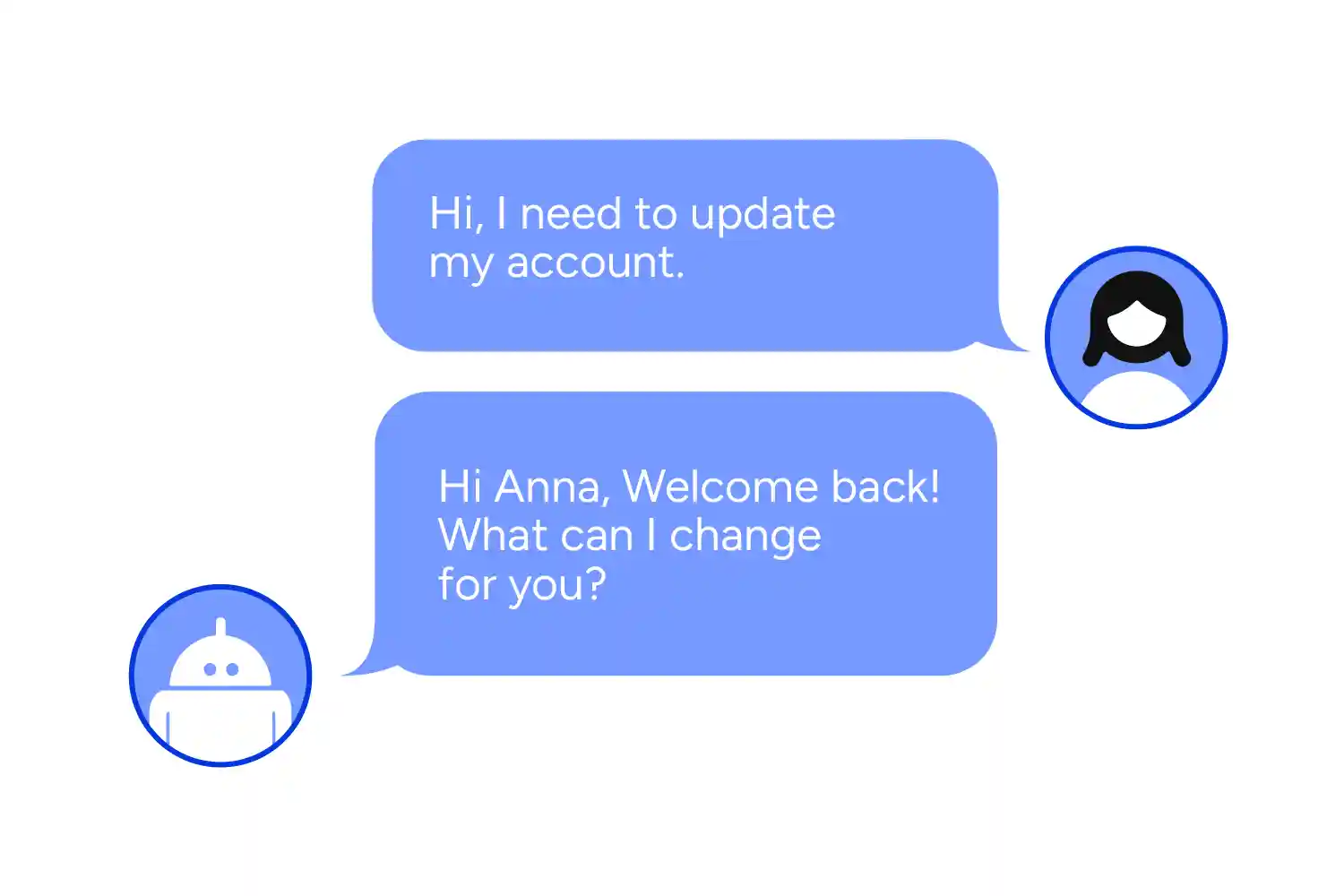
2. Progressive Web Apps (PWAs)
Progressive web apps (PWAs) are web applications that make use of modern web technologies. However, it is not new in the digital market. The latest version of PWA will is set to replace traditional web apps for good. It’s due to their ability load quickly and work offline, as seen with companies like Google Maps, Make MY Trip, Uber, Starbucks, and more. With mobile web traffic growing, more businesses are adopting PWAs in 2024 for improved user experience, reduced development costs, and easier maintenance. Moreover, modern frameworks built with technologies like JavaScript, HTML, and React offer PWA integrating, making it easier for developers to upgrade existing apps or create new ones.
3. Blockchain Technology
Cryptocurrency and blockchain technology have transformed web development. In addition to currency trading, blockchain has transformed the web development industry due to its interoperable and decentralized nature, ability to integrate smart contracts, and secure authentication of digital identities.
According to one study, the blockchain technology market will be worth $64 billion by 2025.
Blockchain provides a secure way to store information, using chained data blocks. This makes transactions safer and more reliable. In addition, it allows people to make transactions online without involving a third party. It has the potential to improve different businesses by reducing the risk of cybercrime.
4. Voice Search Optimisation
51% of consumers use voice-activated devices to research products.
In recent years, we have seen an increase in the use of Amazon, Apple, and Google’s voice recognition technology and smart speakers. Also, consumers are not limited to speakers for voice searches, they’re also using their smartphones and IoT devices for the same. As voice assistants and the Internet of Things have become popular. As a result, we can soon observe voice search results ranking higher in the Search Engine Results. Making it an ideal option for you to include voice search optimisation in your marketing strategy to see the results. Businesses that implement voice search optimisation strategies can improve their online visibility and user experience for a broader range of audiences.

5. Motion UI
With evolving digital expectations, consumers are no longer satisfied with just fast, mobile-friendly experiences; they crave more engaging and interactive interactions.
This is where Motion UI, a front-end framework is redefining how developers approach web design. Motion UI enables websites and mobile apps to come alive with fluid animations—elements can glide, bounce, spin, and transition, creating a visually dynamic experience.
What sets Motion UI apart is its adaptability; it works seamlessly with any web technology, effortlessly enhancing headers, footers, or menus.
By leveraging tools like Material Design, Anime.js, and CSS animations, developers are crafting interfaces that do more than perform—they captivate and immerse users in a whole new way.
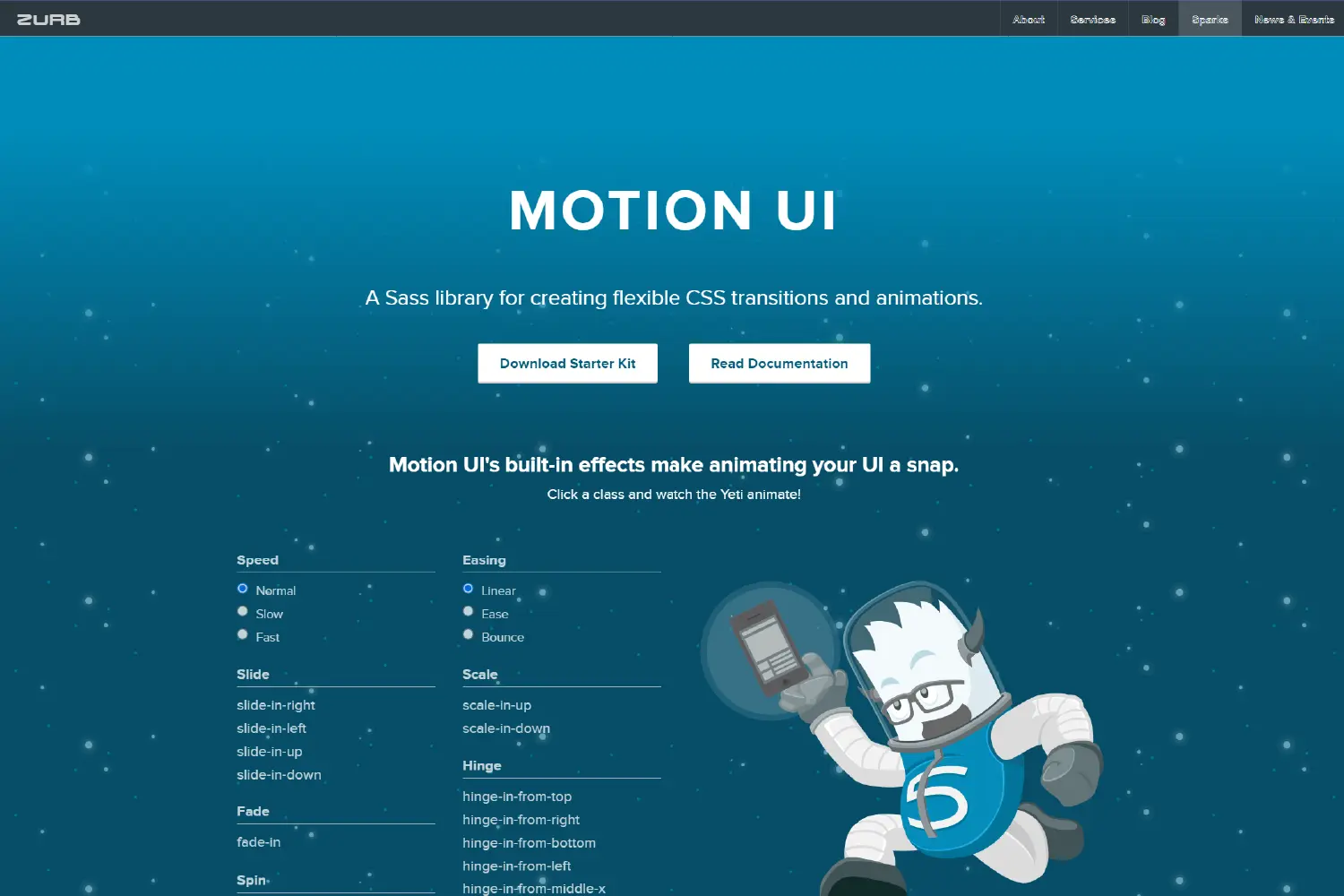
6. Single Page Applications (SPAs)
Web-based applications include the single-page application (SPA). It works by quickly loading new content whenever a user interacts with it. This makes the user experience faster and effortless. However, a single-page application is way better than a multi-page application. Below are the differences between single-page applications and multi-page applications:
| Features | Single-page Application (SPA) | Multi-page Application (MPA) |
|---|---|---|
| Performance | Faster after the initial load | Faster initial load |
| User Experience | Faster, smoother, more app-like feel | Slowers due to frequent page reloads |
| Development Complexity | More complex due to the Javascript framework | Generally simpler |
| SEO friendly | Challenging for SEO due to dynamic content | SEO friendly |
| Navigation | Seamless, no full page | Take the full page to reload |
| Example | Gmail, Netflix, Facebook | Most tradition websites |
Important websites such as Google’s Gmail, Maps, and Drive, along with social media platforms like Facebook and Twitter, use SPAs. SPAs are built using frontend frameworks like React, Angular, Vue, Ember.js, Meteor.js, and Knockout.js.
7. Cybersecurity
The importance of cybersecurity has increased in 2024 due to more frequent data breaches and cyberattacks. Businesses of all sizes are at risk, as shown by recent events such as the data breach at Roku, which impacted hundreds of thousands of accounts. Additionally, DDoS attacks have risen, with Cloudflare reporting an 85% increase in 2023 compared to the previous year.
To address these challenges, the field of website development has evolved to include more robust security measures. Multi-factor authentication, patch management, and the establishment of Security Operation Centers are becoming common practices. Furthermore, innovative approaches like session recordings are gaining prominence as valuable tools for identifying security vulnerabilities.

8. API-First Development
API-first development focuses on using APIs to connect new technologies, reducing development time and costs. It improves web application design, security, and lowers the risk of project failure by ensuring reliable and consistent APIs. This approach is becoming more popular in web development due to its benefits. Let’s take a look at them.
- Improve customer experience
- Get to market fast
- Increase agility of the business
- Improve scalability and flexibility of business
- Cut costs
- Support innovation in business
9. Accelerated Mobile Pages (AMP)
The way people access information has changed because of digital technology. Desktop computers are no longer the main way to get on the Internet. Now, it’s crucial to pay attention to the time spent on mobile devices because they are the main way people access the Internet. In July 2020, Datareportal found that there were 5.15 billion unique mobile users worldwide, which makes up 66% of the global population. Mobile usage keeps going up. According to the Ericsson Mobility Report, mobile traffic will increase by almost 25% by 2025.
Moreover, AMP is a Google and Twitter project that aims to speed up the loading of mobile pages. AMP pages load quickly and rank better in Google search results. Developers like AMP because it increases traffic, saves money, and provides a better user experience. AMP also encourages small businesses to create mobile-friendly websites to stay competitive and reach a larger audience.

10. Internet of Things (IoT) Integration
The Internet of Things (IoT) is a big trend in web development. It means connecting objects to the web. By 2025, there will be about 30 billion Internet-connected devices. IoT helps move data using sensors and cloud networks. Companies can talk to customers better, make personalised experiences, and improve how different parts of websites and operations talk to each other. The technology can be used in many ways, including cameras, sensors, and signaling equipment.
Amazon Alexa, Google Mini, implanted heart monitors, sensors in self-driving cars, and transponder chips are prime examples of IoT. All of these devices are connected to the internet and each of them possesses a unique IP address to facilitate interaction with the outside world.

11. Serverless Architecture
Serverless architecture, also known as serverless computing, is a software development methodology in which a third party hosts applications. This eliminates the need to manage server software and hardware. It can help reduce system overload, data loss, and development expenses. Major providers like Amazon Web Services offer this new web development method, which lets you control machine resource consumption by using cloud-based servers instead of traditional ones.
Moreover, the serverless market was assessed at $36.84 billion in 2022, exhibiting significant development potential. As more firms adopt this technology, we may expect to see a broader range of applications, such as chatbots, IoT apps, and APIs, that use serverless functions for file backups, notifications, and data processing.

12. Dark Mode Standardisation
82.7% of users shift to dark mode on their phones after 10 pm.
In 2019, dark mode became extremely popular among users, offering a more comfortable viewing experience in low-light situations. Remarkably, Google was the pioneer in introducing this feature to its apps, such as Chrome. Presently, many apps including Facebook, Twitter, WhatsApp, and various websites like Dribbble offer dark mode as an option for users.
Furthermore, dark mode can significantly reduce the display power draw by up to 58.5% at full brightness for a range of popular Android apps. Consequently, using dark mode can result in substantial battery savings of 5.6% to 44.7% at full brightness and 1.8% to 23.5% at 38% brightness. Consequently, the majority of users favour dark mode over light mode. Additionally, dark mode is known to be easier on the eyes and can mitigate eyestrain, particularly when using devices at night.
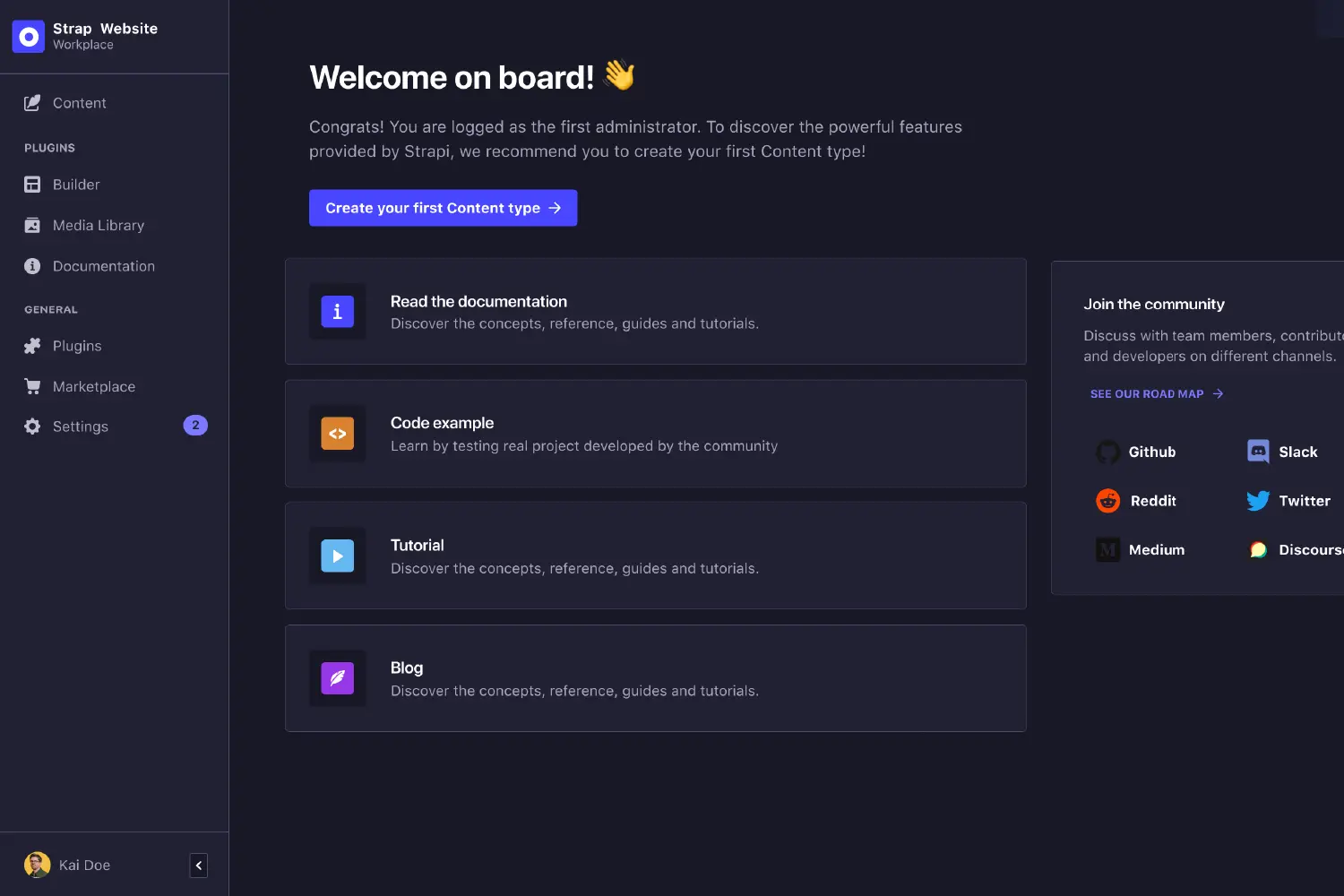
13. Low Code/No-Code Development
The traditional options for businesses to build applications involved buying from a vendor or customising from scratch. However, low-code/no-code (LCNC) development is now gaining popularity. It offers a user-friendly, drag-and-drop approach without extensive coding. It is projected that over 65% of applications will be developed using LCNC by 2024, driven by rapid growth and increasing adoption. This technology empowers citizen developers, enabling businesses to create custom applications efficiently across various departments.
14. Augmented Reality (AR)
Augmented reality (AR) is a game changer, offering companies numerous chances for creativity and interactivity. The ability to create immersive experiences and leverage critical data insights is transforming industries. It is a link between the virtual and physical worlds. As technology advances, the potential for augmented reality (AR) to expand and influence various industries becomes more evident.
The Google Pixel Star Wars sticker and Weather Channel Studio Effects are examples of Augmented Reality. Many e-commerce websites, like Amazon, use AR to improve the user experience by creating virtual showrooms.

15. WordPress Development
In the coming years, creating websites using WordPress is expected to remain popular due to its flexibility and user-friendly features. The latest version, 6.6.1, was released a few months ago. As businesses look for quick and easy solutions that don’t require expert knowledge, WordPress fits the bill.
Additionally, continuous advancements in WordPress development are leading to more dynamic and personalised websites. With the introduction of AI-powered chatbots, content recommendations, and improved data analysis, WordPress websites are becoming more advanced than ever.
How MeisterIT Solutions Can Help You With Web Development Trends?
At MeisterIT Solutions, we excel at identifying and implementing the latest trends in web development to create a relevant and competitive website. Our team of skilled professionals confidently tackles complex technical challenges with a deep understanding of web development trends, ensuring the development of a user-friendly website. Additionally, we offer ongoing support and maintenance to optimise your website’s performance and user experience. Count on MeisterIT Solutions to create a website that is not only visually appealing but also highly effective in achieving your business goals.
Conclusion
The world of web development is continuously changing, and staying ahead of the curve is critical for organisations to succeed. By embracing these top 15 web development trends in 2024, you can create websites that are inventive, entertaining, and user-friendly, meeting the needs of today’s digital world. These trends provide exciting potential to improve your online presence and promote business growth, from the incorporation of AI and blockchain technology to the advent of PWAs and AMPs.
If you want to know more about web development trends in 2024, stay tuned to the blog of the best website development company in the UK!



